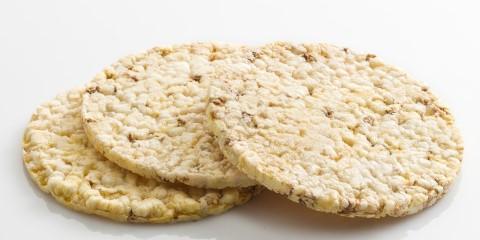How Your Body Digests Carbohydrates

Have you ever thought about what happens after you have swallowed a delicious bite of a Corn Thins slice? For your body to digest carbohydrates there are multiple organs involved and overall is an impressive process. Here is what happens in your body to be able to digest carbohydrates:
The process of carbohydrate digestion begins in your mouth. Chewing the Corn Thins slice is one part of the role of your mouth in starting to break down the cake into smaller pieces to enable digestion to occur. The moment your saliva touches the Corn Thins slice there is an enzyme called amylase which starts to breakdown the carbohydrate to be able to be absorbed and used by your body.
The bite of Corn Thins slice then moves down to your stomach where little digestion occurs as the gastric juices in your stomach prevent the amylase enzyme from working. The softened cake then moves through to your small intestine where most of the carbohydrate digestion takes place.
The small intestine is a neutral environment which allows several enzymes which assist in digesting carbohydrates to work. The carbohydrate is broken down into disaccharides then simple monosaccharides which can now be absorbed through the lining of your small intestine and carried into your bloodstream.
Not all carbohydrate in the Corn Thins slice can be digested in your small intestine, this is called fiber. Fiber moves through to your large intestine where some types continue to move through to bulk up your stool and help keep you regular. The other type called resistance starch plays a role in feeding the good bacteria. These good bacteria help to keep your entire body healthy, and it is important to feed these microbes.
Take home message: Your body is amazing, and the complex process of digesting carbohydrate is one example of why you want to optimize your nutrition to keep your body working at its best.